While I am personally a bit of a newcomer to the Persona series, it only took a few minutes of the fantastically cool Persona 5 to set its hook and get me obsessed with the series. If someone had approached me two years ago and informed me I would one day excitedly spend $100 on anime rhythm games I would instantly make fun of them, but here I am.
Despite my general disinterest in rhythm games (especially those without fun or interesting peripherals) I purchased the Persona Dancing: Endless Night Collection with a massive smile on my face. The prospect of seeing the characters I had grown so attached to through my journeys in Personas3-5 had me giddy. However, I fully understood the absolute lack of appeal to literally anyone unfamiliar to the series.
The classic argument: Red or blue (or yellow?)
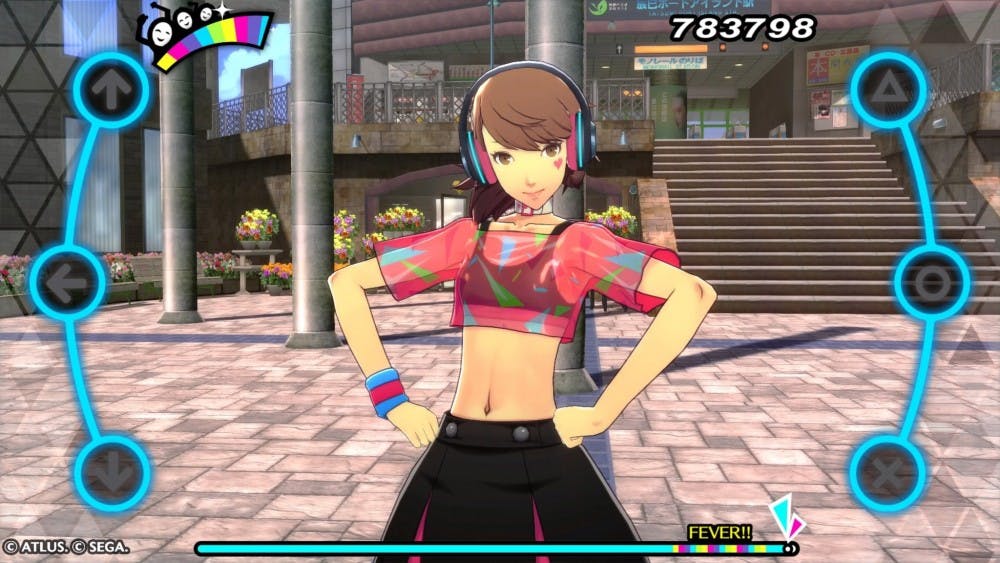
The Persona Dancing: Endless Night collection includes full copies of both Persona 3: Dancing in Moonlight and Persona 5: Dancing in Starlight as well as a digital copy of Persona 4: Dancing All Night which is fantastic for those who did not have the privilege of owning a PS Vita. The games all ooze with style and flair. Persona 3 has a calmer, more hip-hop focused soundtrack that is equal parts intense and serene, while Persona 5 has a much jazzier soundtrack and an effortlessly cool overall style that sets it apart from Dancing in Moonlight. The style extends to the menus as well as Dancing in Moonlight keeps its more streamlined PlayStation 2 styled menus while Dancing in Starlight retains its highly stylized youthful interface.
Dancing in all sorts of lights
Without any form of plastic guitar or drums, how do the games hold up? Remarkably well actually. Both games have nearly identical gameplay (aside from a different color scheme), but luckily the combination of physical button presses and flicks of the joystick add up to a fairly immersive experience while playing.
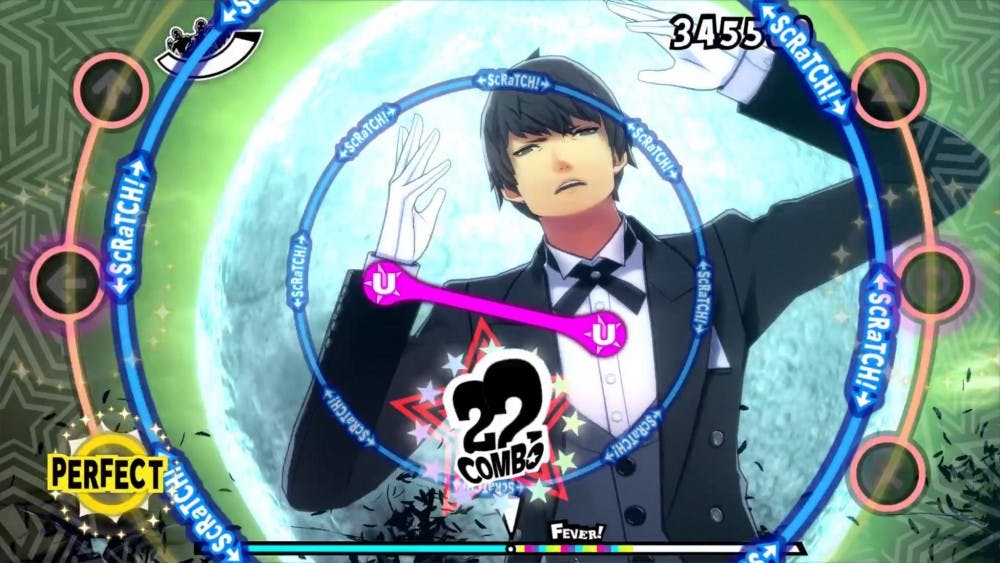
I personally had no experience with the previous Persona Dancing games coming into these two, and it showed as I miserably failed my first mission that I had cockily set to hard. The game sends notes flying towards the outer edge of the screen where they align with the corresponding buttons on the PS4 controller. Besides the usual notes consisting of single notes, double notes, quick notes, and held notes, there are rings called scratch notes that correspond to no particular button but rather the touchpad or thumb sticks. Having to remove my hands to flick the stick felt like a nuisance at first, however as time went on I was hitting them without noticing and can’t imagine the game without them. After hitting enough of these scratch notes a Fever Time will begin, which sends in another dancer to perform an extra cool dance which awards bonus points as a reward. My only gripe is that occasionally the notes did not feel on beat and occasionally just didn’t feel good to play, but that was rare.
Stages are passed by hitting enough notes and gathering combos to try and attain the highest rank possible: ‘King Crazy’. Despite my struggle to even get a brilliant rating on easy when I first began, I ultimately ended up nabbing a ‘King Crazy’ ranking on the first three difficulties. The feeling of nearing the end of a song with a perfect combo and hoping there aren’t any more notes coming up is a fantastic feeling I haven’t felt while playing a game in quite some time.
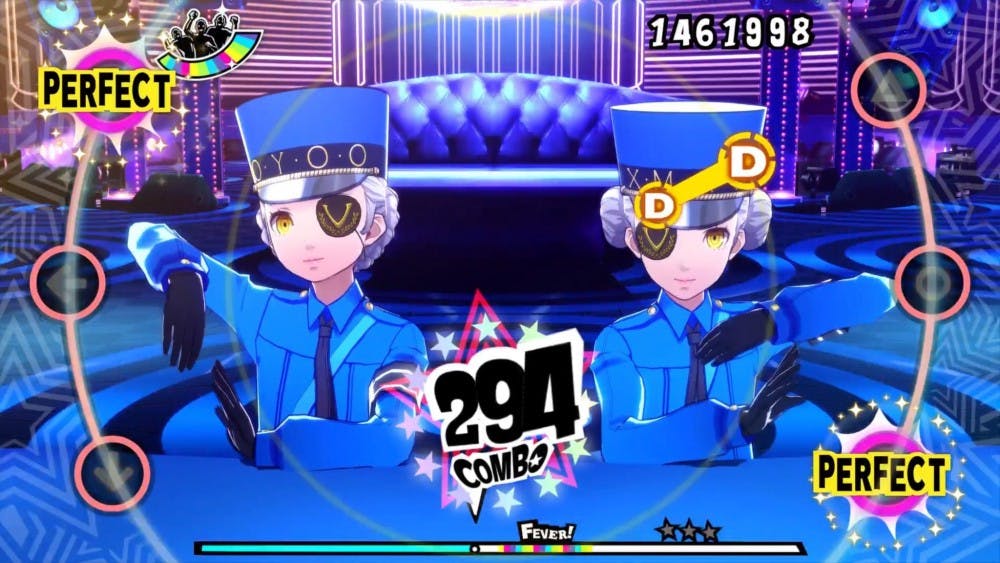
The difficulty accounts for the speed and quantity of notes as well as how quickly the crowd hype bar (basically the health bar) raises or lowers. The progression felt extremely natural up to the point of the ludicrously challenging All Night difficulty, which begins throwing notes I didn’t think existed at me. However, I never felt like this difficulty was unattainable but rather was just the next step I had yet to reach.
Both games contain roughly 23 tracks that can be played on three primary difficulties as well as an unlockable fourth. The tracks consist of classic songs, remixes of the classic songs, and even a few all new tracks made for the game. I found the remixes to be interesting enough to get me excited to go and replay the track I had previously been sick of after the base games had previously shoved them down my throat for countless hours.
More than just any old dancing game
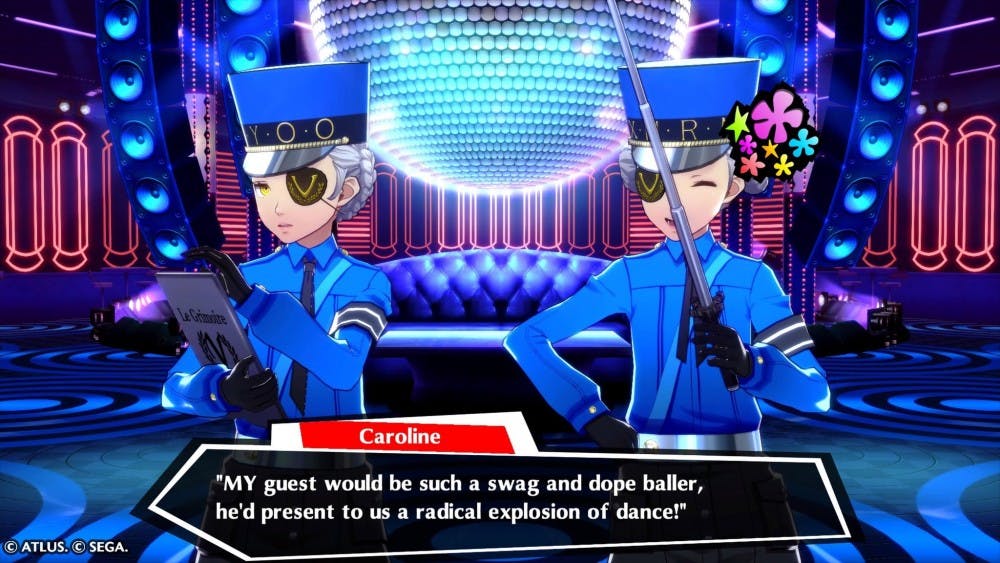
Saying there is a story to these games is a little bit of an overstatement, but there is one nonetheless. I say one because both games have literally the same story, which can be summed up as both parties have been summoned to the velvet room to compete with one another. Despite neither party meeting up, both stories were admittedly entertaining as the characters are inherently charming. The story is accessed through the social menu and is similar to the social link and confidant system of the respective games, however now instead of waiting a day or two to upgrade the level, certain in-game requirements such as making the dancers wear different clothes or attaining high ranks on stages is how they are leveled up. While this does keep the games from feeling like a digital visual novel, it doesn’t help the plot. The original voice actors do return which was fantastic to hear, and the new character models for Dancing in Moonlight had me smiling with how great they looked.
If the game isn’t difficult for you, no worries! There is an expansive set of unlockable modifiers to either make the game more difficult or way easier. Options include combos not breaking after hitting notes with ‘Good’ timing or making the notes invisible. The games encourage you to use the modifiers so you can both gain higher scores and progress the social links.
Unlockable costumes are also a major plus. There is an extensive amount of variety to keep the dancers looking fresh and exciting despite going over the same tracks. Costumes range from the safe to the goofy and always had me entertained. Unlockable contacts and hair dyes had me excited as well, as I was able to see the main character from Persona 3 with human-colored hair. It is shame, however, that being able to watch them dance while costumed is incredibly hard as most of the attention given is to not missing notes. Worth noting is the PSVR compatibility that the box art boasts, and unfortunately the only use I could find for it was a model viewer which wasn’t all too impressive unless you really want to see Aigis in front of you. On a further note, reaching a certain point in each social link allows you to visit the characters room in a first person “I Spy” type of minigame. It was a nice surprise to be able to visit each character’s room from a unique perspective and I loved it. There were also a couple of DLC songs allowing you to play as either Shinjiro or Akechi. Something about Shinjiro and Ken Amada doing a duet together had me laughing so while I do not condone small scale DLC such is this, it was a definite winner.
I hate Persona, should I buy this?
These are definitely games for Persona Fans. The whole experience panders to the fans willing to buy the games in the first place, and while I loved each subtle reference to the other games of the series and each not so subtle reference to their own respective sister game, this would be an odd experience for those new to the series and unaccustomed the characters and plot.
You’ll kind of see it coming
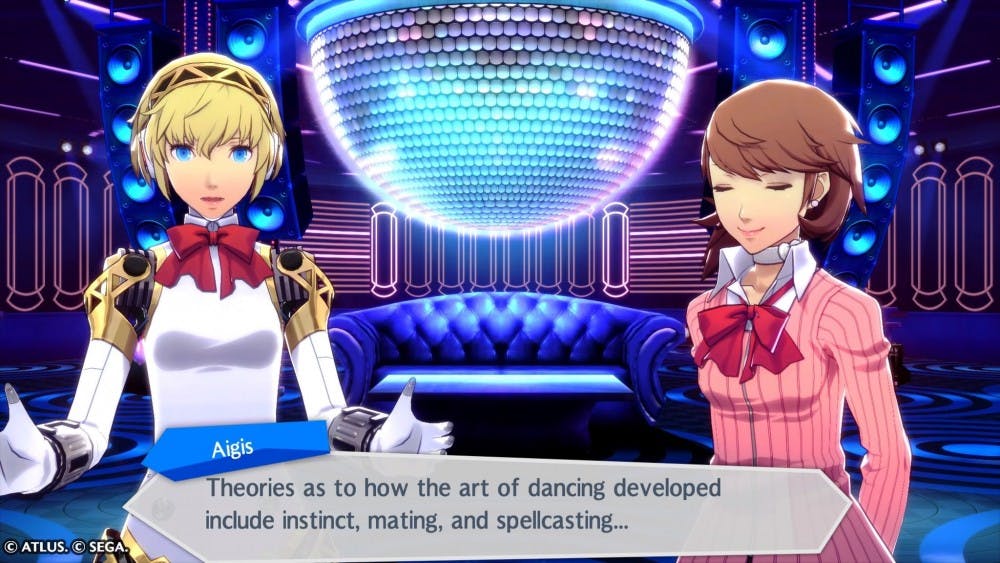
When it comes down to it, both Persona 3: Dancing in Moonlight and Persona 5: Dancing in Starlight are excellent games for Persona fans first and rhythm games second. The tracks retain their greatness through fun and interesting remixes that are a blast to steam through. The returning voice actors and high-resolution models helped make the games look fantastic and the unique styles of each game were brilliantly retained. There was always a sense of fun and wonder through the dialogue of the characters and I would be lying if I said I didn’t have a big dumb smile on my face throughout each game.
While the games slip up now and again in terms of a deep story or presentation issues while dancing, the overall experience was a blast.Once again, I cannot recommend this game at all to anyone who has yet to have played any of the original series, but I also cannot recommend this game enough to those who have. In other words, I am obliged to say it took my heart and such.
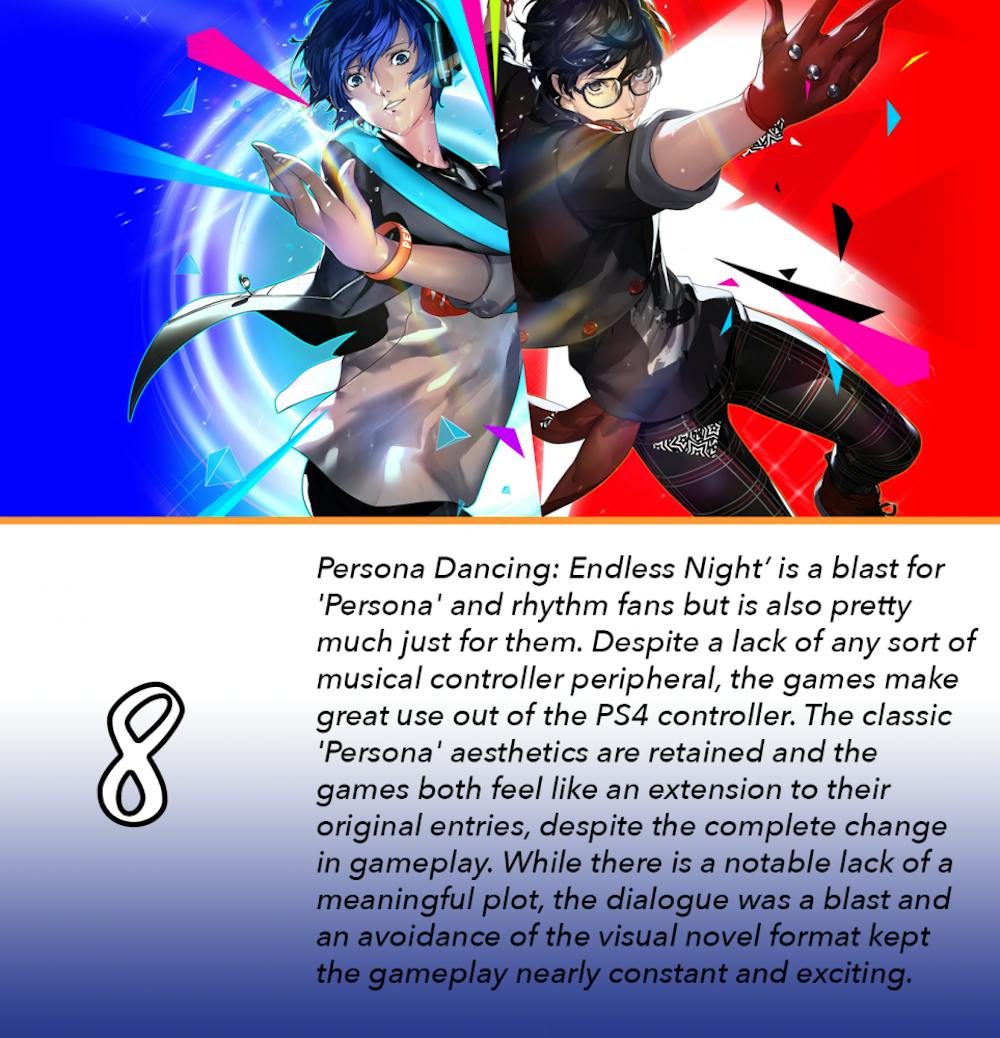
Images: taken from Persona Dancing: Endless Night
Featured Image: The Outer Haven
For more entertainment related content, visit us at Byte BSU!




















